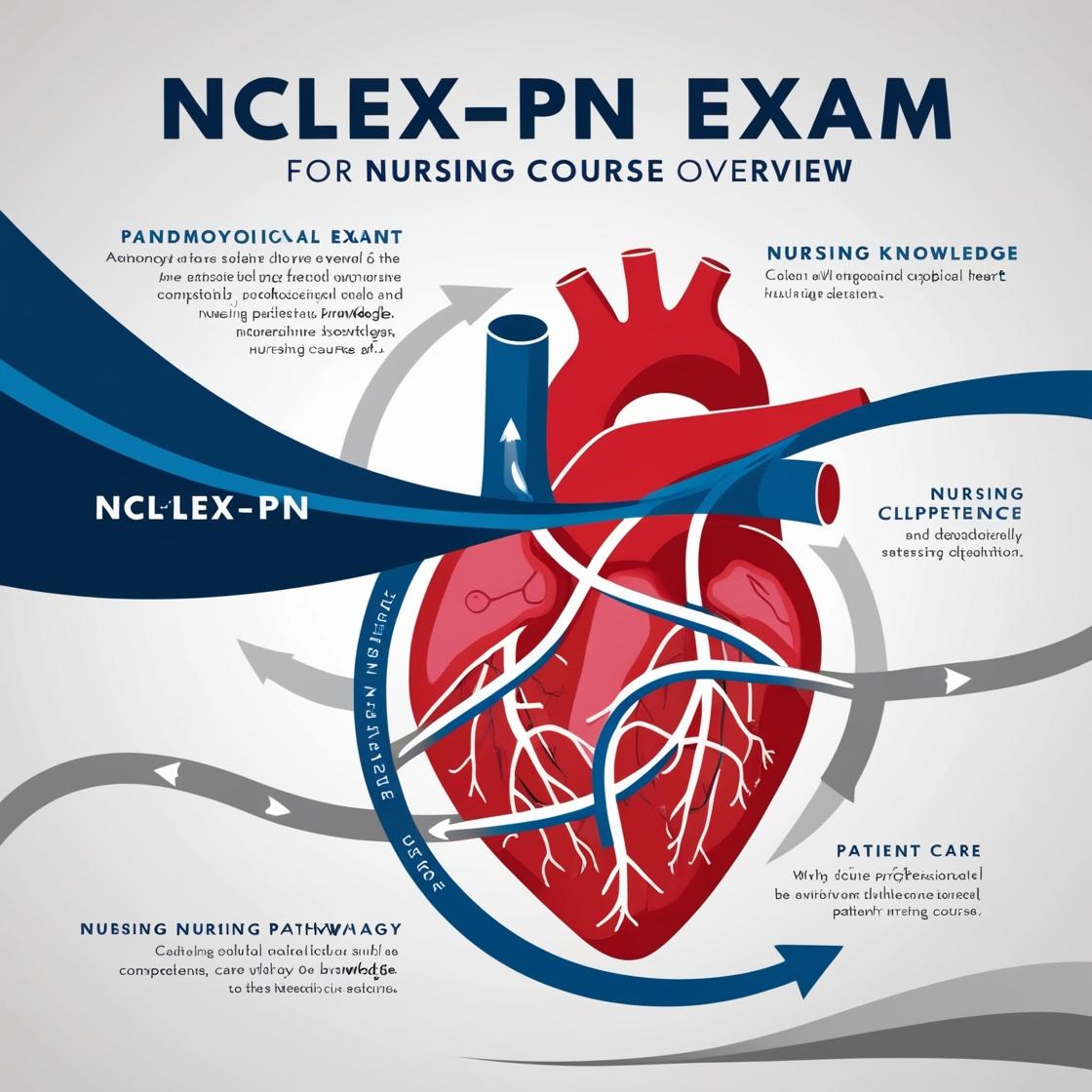NCLEX-PN
NCLEX-PN Quizlet 2023
1. A patient has recently been prescribed Zidovudine (Retrovir). The patient has AIDS. Which of the following side effects should the patient specifically watch out for?
- A. Weakness and SOB
- B. Fever and anemia
- C. Hypertension and SOB
- D. Fever and hypertension
Correct answer: B
Rationale: The correct answer is 'Fever and anemia.' Zidovudine (Retrovir) is known to cause anemia as a side effect due to its impact on the bone marrow. Fever is also a common side effect associated with Zidovudine use. Therefore, the patient should watch out for these specific side effects. Choice A (Weakness and SOB) is incorrect as shortness of breath (SOB) is not a commonly reported side effect of Zidovudine. Choice C (Hypertension and SOB) and Choice D (Fever and hypertension) are unrelated to the known side effects of Zidovudine, making them incorrect.
2. A client with asthma develops respiratory acidosis. Based on this diagnosis, what should the nurse expect the client's serum potassium level to be?
- A. normal
- B. elevated
- C. low
- D. unrelated to the pH
Correct answer: B
Rationale: In respiratory acidosis, the body retains CO2, leading to increased hydrogen ion concentration and a drop in blood pH. As pH decreases, serum potassium levels increase due to the movement of potassium out of cells to compensate for the acidosis. Elevated serum potassium levels are expected in respiratory acidosis. Choice A ('normal') is incorrect because potassium levels are expected to be elevated in respiratory acidosis. Choice C ('low') is incorrect as potassium levels rise in this condition. Choice D ('unrelated to the pH') is incorrect as serum potassium levels are directly impacted by changes in pH in respiratory acidosis.
3. Which of the following viruses is most likely to be acquired through casual contact with an infected individual?
- A. influenza virus
- B. herpes virus
- C. cytomegalovirus (CMV)
- D. human immunodeficiency virus (HIV)
Correct answer: A
Rationale: The correct answer is influenza virus. Influenza virus is most likely to be acquired through casual contact with an infected individual as it is transmitted through respiratory droplets. Herpes virus is primarily transmitted by direct contact, such as skin-to-skin contact, making it less likely to be acquired through casual contact. HIV is mainly transmitted through blood and body fluids like semen and vaginal fluids, not through casual contact. Cytomegalovirus (CMV) is an opportunistic infection commonly affecting immunocompromised individuals and is usually transmitted through close personal contact, not casual contact.
4. A client receives a cervical intracavity radium implant as part of her therapy. A common side effect of a cervical implant is:
- A. creamy, pink-tinged vaginal drainage.
- B. stomatitis.
- C. constipation.
- D. xerostomia.
Correct answer: A
Rationale: The correct answer is 'creamy, pink-tinged vaginal drainage.' This side effect persists for 1 to 2 months after the removal of a cervical implant. Diarrhea, not constipation, is usually a side effect of cervical implants. Stomatitis and xerostomia are local side effects of radiation to the mouth, not associated with cervical implants. Therefore, choices B, C, and D are incorrect.
5. A patient asks a nurse the following question: Exposure to TB can be best identified with which of the following procedures?
- A. Chest x-ray
- B. Mantoux test
- C. Breath sounds examination
- D. Sputum culture for Mycobacterium tuberculosis
Correct answer: B
Rationale: The Mantoux test, also known as the tuberculin skin test, is the most appropriate and accurate test to identify exposure to TB. This test involves injecting a small amount of PPD tuberculin under the top layer of the skin, and a positive reaction indicates exposure to the TB bacteria. Choice A, a chest x-ray, is useful for detecting active TB disease but not exposure. Choice C, a breath sounds examination, is not a specific test for TB exposure. Choice D, a sputum culture for Mycobacterium tuberculosis, is used to diagnose active TB infection rather than exposure.
Similar Questions

Access More Features
NCLEX PN Basic
$69.99/ 30 days
- 5,000 Questions with answers
- Comprehensive NCLEX coverage
- 30 days access @ $69.99
NCLEX PN Premium
$149.99/ 90 days
- 5,000 Questions with answers
- Comprehensive NCLEX coverage
- 30 days access @ $149.99
